Price:₹9,000.00
Valley of Flowers Trek is one of India’s Most Beautiful and Popular Trekking Destinations, Known for its Stunning Alpine Flora, Uttarakhand Himalaya 2025
Valley Of Flowers Trek is extremely vast, furnished with never-ending meadows and was declared a national park in 1982. Now it is a World Heritage Site. The altitude is – 12140 feet If you didn’t know It is home to endangered species and rare animals. From the Asiatic black bear, snow leopard, musk bear, and brown bear to red fox and blue sheep and even birds, you will also find high-altitude birds like the Himalayan Monal Pheasant. It is the most popular Monsoon Trek in Uttarakhand Himalayas
Think of the days when your eyes were glued to one of the most charming valleys of Uttarakhand, India during the monsoon season. The Valley of Flowers will literally rejuvenate your soul and you will reminisce about your journey.
The valley not only welcomes you with flowers but on the way get to witness a huge gorge and small streams flowing by. After hours of laborious trekking, your heart will skip a beat, and the enthusiasm is “Electrifying Boom” there goes the vast endless drop-dead gorgeous, exquisite valley. The feeling will be so compelling and sensational. This will remind of those hours how one has struggled to come here just to witness this magic which can melt anyone’s heart.
All About Valley of Flowers Trek – A UNESCO World Heritage Site
A few hours of trekking would be slightly difficult, but once you reach the valley you will forget about everything. Enjoy the tranquility and the hush around the valley. Watch the rise of the moon around
Midnight, ogled at the stars shimmering millions of light-years away with your friends and family by lying inside the tent. Get to see the different kinds of flowers. This would be a treat to your eyes, as you witness the different types of Himalayan flowers. It has gained so much importance and is adorned with a diversity of Alpine flowers, representative of the Western Himalayan Alpine shrub and meadow ecoregion. The valley is also blessed with various colors of
Flowers, taking on diverse shades of colors as time advanced. Brahma Kamal is one of the most famous. Himalayan flower which can be seen in the month of July- August.
Why Choose Valley of Flowers Trek? Top Reasons to Visit
Valley Of Flowers is an Indian National Park, located in the Chamoli district, in the state of Uttarakhand. Before heading towards the itinerary, it is really essential to perceive the reason behind choosing the Valley of Flowers trek.
First of all, the trekking distance is a total of 568 Km by taxi and on foot 42 km which is to be covered for 5 nights 6 days. Valley of Flowers is the best monsoon trek Uttarakhand Himalayas trek. This is the best trek for families, Students, and Beginners, Altitudes is 12140 feet – (3700 Meters).
Need proper gear & clothing for sub-zero temperature winter?
You get to see so many heavenly bodies at one place like the panoramic view of the Himalayan ranges, Valley of flowers, pine forests, different varieties of flora and fauna surpassing the bona fide Garhwali heritage and culture.
Do spare time in Interaction with locals, and you will get to know about some of the ancient tales of Indian mythology. And our Garhwali Cultures Beautiful landscapes so carry proper photo gear & Extra battery backup. The backpack should not exceed 10 to 12 kg only.

Most Popular Flowers Found in Valley of Flowers
The Valley of Flowers National Park is home to a diverse range of Himalayan alpine flowers. Some of the most stunning and rare blooms you’ll find here include:
- Blue Poppy (Meconopsis Aculeata) – The iconic and rare Himalayan Blue Poppy
- Brahma Kamal (Saussurea Obvallata) – A sacred flower found at high altitudes
- Cobra Lily (Arisaema) – A unique, snake-like flower
- Marsh Marigold (Caltha Palustris) – Bright yellow flowers covering wetland areas
- Primula (Primrose) – Vibrant purple, pink, and yellow blossoms
- Daisies & Anemones – Carpet-like floral spread across the valley
- Rhododendrons – Stunning red and pink blooms in the forests
- Best Time to See Flowers: July to September
- Location: UNESCO-listed Valley of Flowers National Park, Uttarakhand
Day-by-Day Short Itinerary of Valley of Flowers Trek
Day 1– Pickup to you from Haridwar Drive to Govind Ghat via Rishikesh Devprayag, Rudraprayag, Joshimath (288 Km) (10/11 Hours) (1,875 m/ 6152 feet), Overnight Stay Hotel (Mode of transport by Tempo Travellers & Ertiga Taxi )
Day 2– After Breakfast Drive from Govindghat to Pulna by Local taxi (05 km -30 minutes drive), same day trek to Ghangaria (09 km) (5/6 Hours) (Altitude –10101 feet) Overnight Stay Hotel
Day 3– Trek from Ghangaria to Valley of flowers (10 km) Both Way (7/8 Hours) Altitude – 12140 feet back to Ghangaria Hotel-Overnight Stay Hotel
Day 4– Trek from Ghangaria to Hemkund Sahib (12 km) Both way (7/8 Hours) 14,100 feet) back to Hotel Overnight Stay Hotel
Day 5– Trek from Ghangaria to pulna road head 9 km /4/5 hours ) Same day driver to govind Ghat by local taxi (05km) 30 minutes)- After lunch if you intrested to visit Badrinath dham then take sharing taxi or tempo visit to Badrinath after darshan back to Hotel Govindghat – Overnight Stay Hotel
Note- Badrinath Sharing costs Rs. 500.00 both way per person pay to Directly your Driver
Day 6– Drive from Govindghat to Haridwar via Rishikesh by Taxi (288 km) (10/11 Hours) reach in the evening 7:00 pm. to 8:00 pm Haridwar Railway Station ((Mode of transport by Tempo Travellers & Ertiga Taxi )
Trek to Hemkund Sahib – The Highest Gurudwara in the World
Further, the climb to Govindghat and Hemkund Sahib Ji is a tough and steep one. But, the thrilling climb and adventure will surely give you chills! During your trek, explore the World’s highest Gurudwara “Hemkund Sahib Ji,” which lies at a height of 4400 meters.
In addition to its beauty, just behind the Gurudwara lies a lake that remains frozen for 6 months. Govind Singh Ji the 10th Guru of the Sikh faith meditated on the bank of this lake during ancient times. Therefore, the clear Hemkund Lake is serene and peaceful with the Brahma Kamals growing in abundance on the banks.
You wouldn’t be surprised to know that there are few treks like Valley of Flowers which offer some splendorous Hiking routes i.e Hemkund Sahib. It is also known as the Hemkund Sahib Ji Valley which runs parallel 10 km south.
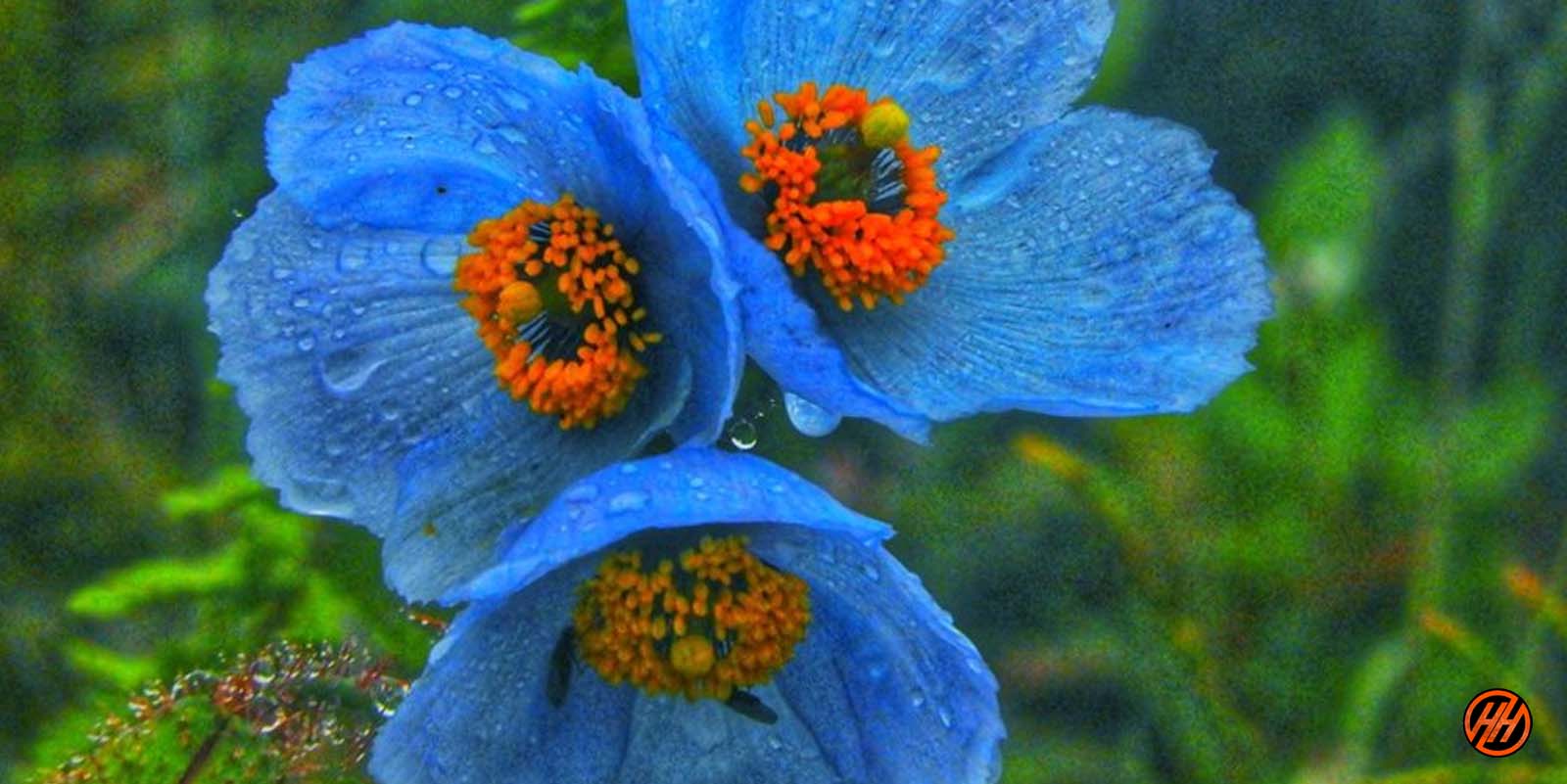
Trek to Hemkund Sahib – The Highest Sikh Temple (4,160m)
Shri Hemkund Sahib is a place of faith and belief where you will feel peace of mind, which today formally known as Gurdwara Shri Hemkund Sahib Ji, this place There is a Sikh Gurdwara in Chamoli district of Uttarakhand, India, where people come for their worship and faith and worship wholeheartedly and is a place of pilgrimage. This Gurdwara is dedicated to the tenth Sikh Guru, Guru Gobind Singh (1666–1708), and the place finds mention in the Dasam Granth, directed by Guruji himself, where mythological components are present in the work.
According to the Survey of India, situated at an altitude of 4,160 meters in the Himalayas, is a glacial lake surrounded by seven Himalayan mountain peaks, each adorned with a Nishan Sahib on its rock. It is approached from Govindghat on the Badrinath Highway. It is at a distance of about 19 kms from Govindghat. The nearest main town is Joshimath. The elevation of the lake at Hemkund is about 4,160 m.
Today, people who go for the Valley of Flowers Trek, I also like to visit this place, which is also associated with our Valley of Flowers trek itinerary. You can get a 360-degree view from Hemkund Sahib. Its distance from Ghangaria Base Camp is 6 kilometers on one side, it is about 12 kilometers on both sides.
It is said that for those who go here to ask for something from their heart, their every wish is fulfilled. Going to Hemkund Sahib is also very special because here you also get to see flowers like Brahmakamal and Fankamal, which are not found in the Valley of Flowers trek. You can find these flowers only in a place at an altitude of 13000 feet. above
Trek Safely to Valley of Flowers & Hemkund Sahib – Best Tips & Precautions
First of all, the safety of trekkers is much more for us. If you see the trek, then there are all the risks, which I do not think about. Himalayan Hikers worry more about you that no one should ever have any problem in the trek.
Enter the divine valley and colorful heaven “Valley of Flowers”, its impeccable beauty is enough to leave you speechless because the carpeted alpine flowers spreading their magical scents together make the valley more like a dreamland. Moreover, it is believed that from here Lord Hanuman collected Sanjeevani Buti to cure Laxman and according to the local beliefs, this valley was inhabited by fairies. No wonder, it’s a fairyland.
So, the prominent flowers that can be seen here are – Blue Poppy, Dog flower, Hooked stick seed, Snake foil, Meadow Geranium, and Himalayan Rose. In Short, the peak months to visit the Valley of Flowers are July and August. So, do not miss the trek this monsoon!
What is the Difficulty Level of the Valley of Flowers Trek? A Complete Guide
The Valley of Flowers trek is a moderate-level trek, suitable for beginners as well as experienced trekkers. The trek takes you through the beautiful valley of flowers located in the Chamoli district of Uttarakhand, India. The trek involves walking on a well-defined trail, but the altitude and steep climbs can be a challenge for some.
Here are some factors to consider when assessing the difficulty level of the Valley of Flowers trek:
The Valley of Flowers trek difficulty can be considered at moderate level. The trek involves walking for about 10-12 km per day, and it takes about 06 days to complete the entire trek. The altitude of the trek ranges from 3,858 meters to 4,572 meters, which can cause altitude sickness to some people. Therefore, it is recommended that you acclimatize properly before starting the trek. The trail has a steep ascent for the first few kilometers, and then it gradually becomes gentler. There are some steep sections during the trek, and the trail can be rocky and uneven at times.
Overall, the trek requires a moderate level of fitness, and it is suitable for people who have prior trekking experience. It is important to prepare well in advance and to be physically and mentally prepared for the trek.

Best Time for Valley of Flowers Trek – July to September Travel Guide
Valley of flowers trek is a very beautiful and uphill trek in the Uttarakhand Himalayas, The Valley of Flowers Trek is great for those people who have a great passion for mountaineering, Those who love flowers very much, who feel their fragrance and consider it a special purpose in their life.
We are the local people who are doing this trek for the monsoon season, we have every experience related to this trek. The right time to do this trek is from 25th June to the last week of August. When you come here inside this valley, you get lost here with flowers painted in color, this is a very wonderful and memorable moment for you.
Top Things to Remember for Valley of Flowers Trek – Packing & Safety Guide
The Valley of Flowers trek is as good as it is said, you also need to be prepared., The Valley of Flowers trek is an Easy moderate trek that starts from Govindghat and ends after the same point. So what are the special things to keep in mind before coming on this trek?
Monsoon Season
During the monsoon season, it rains occasionally during the Valley of flowers Trek, especially in the Uttarakhand Himalayas, so if you have dry clothes here, it is very good, even when wet, it dries quickly.
At this time you have to bring at least 3 pairs of clothes, for monsoon trek you do not have to bring too many warm clothes, at this time you, hiking pants and t-Sart, I can trek. It’s only a little cold in the morning and evening and the day is a good temperature for you
Before going on any trek, it will be easy for you to take information related to each season. Trekkers need to know about these, you can ask us anytime like, trek route, trek map, temperature, weather condition, difficulty level, trek starting point, end point, transport, view of the trek, best time to visit, How to reach, trek distance etc, Trek Location, keep this information before going.
Your Valley of Flowers Trek Travel Guide – How to Reach, Stay & Trek Info
The Valley of flowers trek will be of 4 days and 02 days of your journey total of 06 Days from haridwar to haridwar. You can book trains, air flights, and bus tickets for your journey only according to the information given by us.
First of all, all the trekkers will have to book their flight and train bus according to our time table as our pick up is from 6 am to 7 am, you will have to reach Haridwar in the morning.
A taxi from Himalayan hikers will link you to the Haridwar railway station at 6:00 am. Once you have reached the pickup location at Haridwar railway station you will get our staff that will arrange transport for you.
Pro Tip: The contacts no Transport coordinator or our office team will give you a week before your departure.
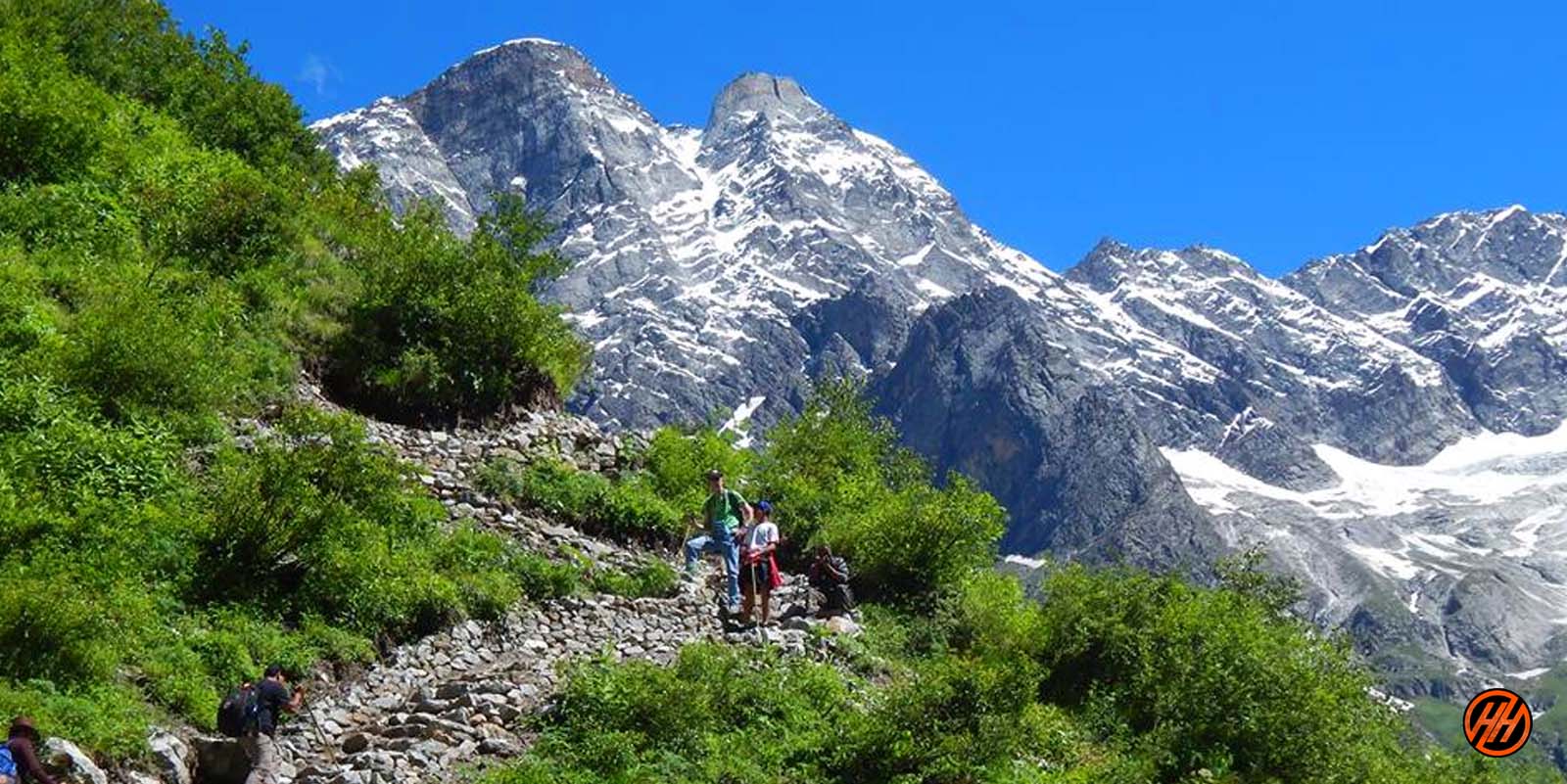
How to Reach Haridwar or Rishikesh 2025 – Updated Travel & Transport Guide
From Delhi:
By Train: There are several trains available from Delhi to Haridwar or Rishikesh. The journey takes around 4-6 hours, depending on the train and the route. Some popular trains include the Shatabdi Express, Jan Shatabdi Express, and Mussoorie Express.
By Bus: There are regular bus services available from Delhi to Haridwar or Rishikesh. The journey takes around 6-7 hours depending on the traffic and the route. You can book tickets from the ISBT (Inter State Bus Terminal) in Delhi.
From Mumbai:
By Train: There are no direct trains available from Mumbai to Haridwar or Rishikesh. You can take a train to Delhi and then take a connecting train to Haridwar or Rishikesh. The journey takes around 24-28 hours depending on the train and the route.
By Flight: There are direct flights available from Mumbai to Dehradun, which is around 35 km away from Haridwar and 20 km away from Rishikesh. From there, you can take a taxi or a bus to reach Haridwar or Rishikesh.
From Pune:
By Train: There are no direct trains available from Pune to Haridwar or Rishikesh. You can take a train to Delhi and then take a connecting train to Haridwar or Rishikesh. The journey takes around 28-32 hours depending on the train and the route.
By Flight: There are no direct flights available from Pune to Dehradun. You can take a flight to Delhi and then take a connecting flight or train to Dehradun. From there, you can take a taxi or a bus to reach Haridwar or Rishikesh.
From Kolkata:
By Train: There are several trains available from Kolkata to Haridwar or Rishikesh. The journey takes around 25-30 hours, depending on the train and the route. Some popular trains include the Howrah-Dehradun Express and the Doon Express.
By Flight: There are direct flights available from Kolkata to Dehradun. From there, you can take a taxi or a bus to reach Haridwar or Rishikesh.
From Gujarat:
By Train: There are several trains available from Gujarat to Haridwar or Rishikesh. The journey takes around 24-36 hours depending on the train and the route. Some popular trains include Yoga Express and Gujarat Sampark Kranti Express.
By Flight: There are no direct flights available from Gujarat to Dehradun. You can take a flight to Delhi and then take a connecting flight or a train to Dehradun. From there, you can take a taxi or a bus to reach Haridwar or Rishikesh.
From Chennai:
By Train: There are no direct trains available from Chennai to Haridwar or Rishikesh. You can take a train to Delhi and then take a connecting train to Haridwar or Rishikesh. The journey takes around 36-40 hours, depending on the train and the route.
By Flight: There are no direct flights available from Chennai to Dehradun. You can take a flight to Delhi and then take a connecting flight or train to Dehradun. From there, you can take a taxi or a bus to reach Haridwar or Rishikesh.
Valley of Flowers Trek Distance – Travel Routes & Best Transport Options
Delhi to Dehradun/Haridwar distance by flight -207 Kms) and Dehradun airport to Govindghat 310 kms by road.
Delhi to Dehradun/Haridwar distance by train 302 kms) and Dehradun to Govindghat 310 kms by road.
Delhi to Dehradun distance by bus 249 kms) and Dehradun to Govindghat 310 kms by road.
Bangalore to Dehradun distance by air 1924 kms) (By Train – 2371 kms) and Dehradun to Govindghat 310 kms by road.
Mumbai to Dehradun distance by air 1344 kms) (By Train – 1724 kms ) and Dehradun to Govindghat 310 kms by road.
Kolkata to Dehradun distance by air is 1518 kms ( By Train – 1694 km) and Dehradun to Govindghat 310 kms by road.
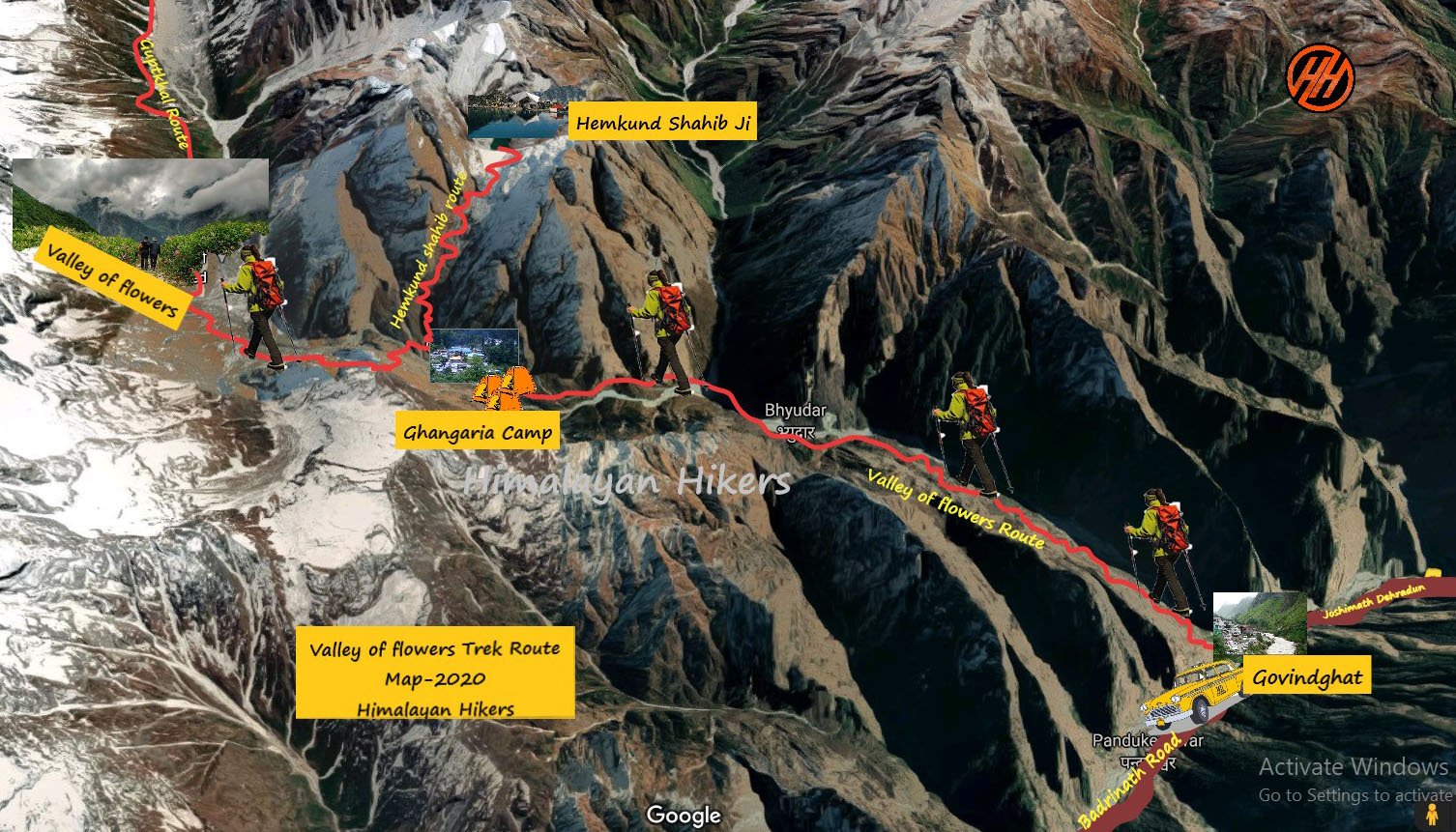
ATM & Network Connectivity in Valley of Flowers – Best Travel Guide
ATM Point
Before starting the journey to the Valley of the trek, make sure that you need payments, and then take out the cash on the way. Joshimath, the market, is the last place where you can withdraw cash from an ATM,
Pro Tip: If you want to withdraw money, then do it in Haridwar or Rishikesh.
Mobile Connectivity
The phone does not work well on the Valley of Flowers trek. Therefore, you should ensure that you do not have to make any important calls. So make sure you finish all your important work and calls before starting the trek. Your device will receive good JIO networks in Joshimath or Govindghat.
Is Valley of Flowers Trek Safe for You? Safety Tips & Guide
Yes, the valley of flowers trek is very safe. All our professionals strive our best to provide trekkers with the best experience possible. Flowers are always a very invaluable thing in the life of any human being, people awaken love and joy from flowers.
Valley of Flowers trek is a very safe trek where you can go without any fear. We keep on doing treks in some family and school groups every year in which small children up to 6 years of age are taken. No point is difficult in this trek, it is definitely that this trek is Govindghat to Ghangaria uphill and after completing summit valley of flowers Ghangari to Govindghat downhill trek.
Best time to visit Valley of Flowers trek only in July and August. You get a combination of both greenery and flowers, which makes the trek very spectacular. The weather in July and August is quite good but monsoon time and trek friendly, which makes trekking a lot of fun.
During the day the temperature of Valley of flowers is around 10 °C to 15 °C and during the night the temperature comes down to 6°C to 10 °C which is not bad.
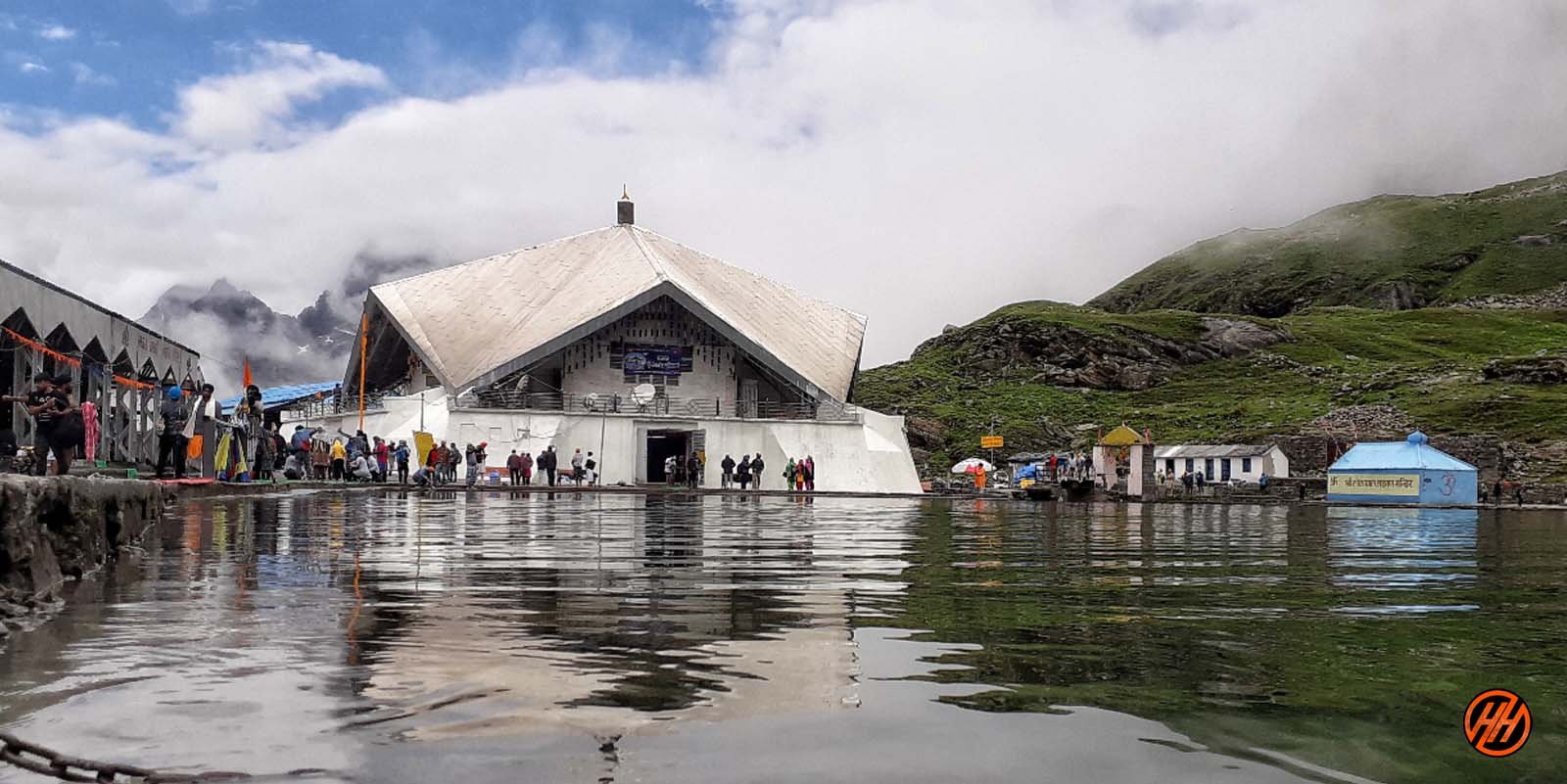
Stay Safe on Your Trek – Emergency Kit, First-Aid & Safety Measures
- Wherever you go on any trek, you must be completely fit and ready.
- Valley of Flowers trek is Moderate, if you make your feet and your mind calm and strong, you will find the trek very easy.
- While trekking, keep in mind that you are walking on the right route or not always with your guide.
- Most people look somewhere and where they are walking, this can cause twitching in your legs, which can ruin your entire trek.
- It is important to ask your doctor if you have any medical problems
- I should always keep my medical kit with me, it is very important.
- Himalayan Hikers always keep a medical kit with you, such as oxygen cylinders, medicine to be given in emergency on the trek
- If any trekkers have any more problems, then they are brought back to the base camp by laying them in the stretcher.
- Our Hotel and Camp in Valley of Flowers trek is around 6000 ft to 10,000 ft, where you can not have any problem of oxygen, this is tree line area
- In case of any medical problem, the help of your guide or a well-informed trekkers should be taken
- If there are major health problems during the Valley of Flowers trek, then the nearest Hospital is in Joshimath, which is about 40 km away from the valley of flowers trek & Hemkund sahib trek
- Remember that when we go on any trek, we go from low altitude to high altitude, it does not cause much problem for us.
- Our camps also move forward day by day, and our bodies also work with the altitudes that are safe for trekkers
- Along with the tre,k we keep getting acclimatization
Trekking Fitness Training – Best Workouts for Strength & Stamina
Before embarking on a trek, trekkers need to prepare their bodies physically. Trekking can be demanding, and it requires a certain level of physical fitness to avoid injury and fully enjoy the experience. Here are some important fitness considerations for trekkers:
Cardiovascular endurance: Trekking involves walking long distances and often at high altitudes, which can be challenging for the cardiovascular system. Cardiovascular exercises such as running, cycling, or swimming can help improve endurance.
Strength training: Trekking requires strength in the legs, core, and upper body. Strength training exercises such as squats, lunges, planks, and push-ups can help build the necessary strength.
Flexibility and balance: Trekking involves navigating uneven terrain and often requires the body to move in different directions. Stretching exercises and activities that improve balance such as yoga or Pilates can be helpful.
Altitude acclimatization: If you’re planning a high-altitude trek, it’s important to acclimatize properly. This means gradually increasing your altitude over a period of days to allow your body to adjust to the lower oxygen levels.
Mental preparation: Trekking can be mentally challenging, so it’s important to prepare yourself mentally as well. Practicing mindfulness, meditation, or other stress-reducing techniques can be helpful.
It’s important to remember that everyone’s fitness level and needs are different, so it’s a good idea to consult with a doctor or fitness professional before starting any new exercise program.
Why Trek Valley of Flowers with Himalayan Hikers? Affordable, Safe & Reliable
Experience: Himalayan Hikers is a well-known and experienced trekking company with over a decade of experience in organizing treks in the Himalayas. The company has a team of experienced trek leaders, guides, and porters who are well-trained and equipped to handle any situation during the trek.
Safety: Safety is a top priority for Himalayan Hikers. The company provides all the necessary safety equipment and follows strict safety protocols to ensure that trekkers are safe throughout the trek.
Support: Himalayan Hikers provides full support throughout the trek, from arranging transportation to providing food, accommodation, and other necessary facilities. The company also provides medical support in case of any emergency.
Sustainability: Himalayan Hikers is committed to sustainable and responsible tourism. The company follows eco-friendly practices and encourages trekkers to do the same. They also promote local culture and support the local community by hiring local guides and porters.
Affordable: Himalayan Hikers offers the Valley of Flowers trek at a very reasonable price, making it accessible to all trekkers who want to experience the beauty of this trek without breaking the bank.
In conclusion, if you are planning to do the Valley of Flowers trek, Himalayan Hikers is an excellent choice as they provide a safe, supportive, and affordable trekking experience while also promoting sustainability and responsible tourism.

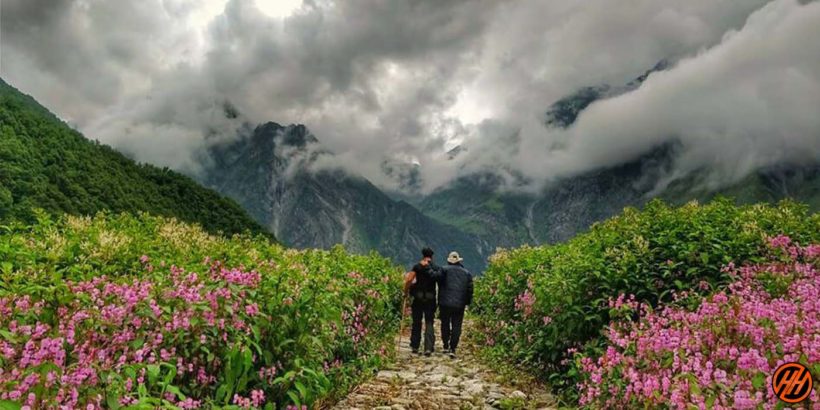
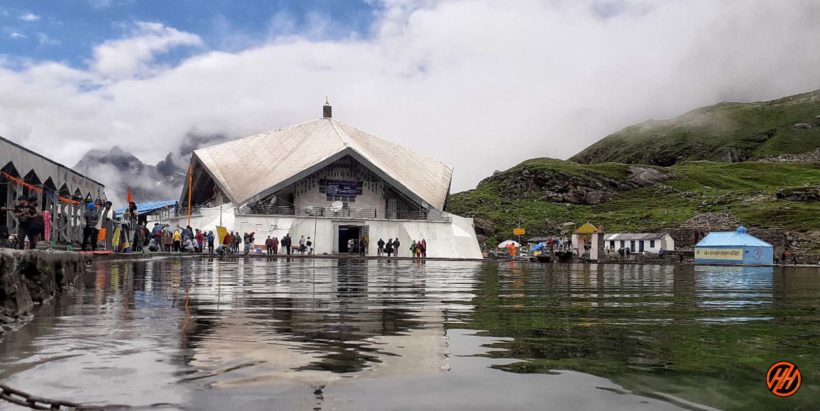
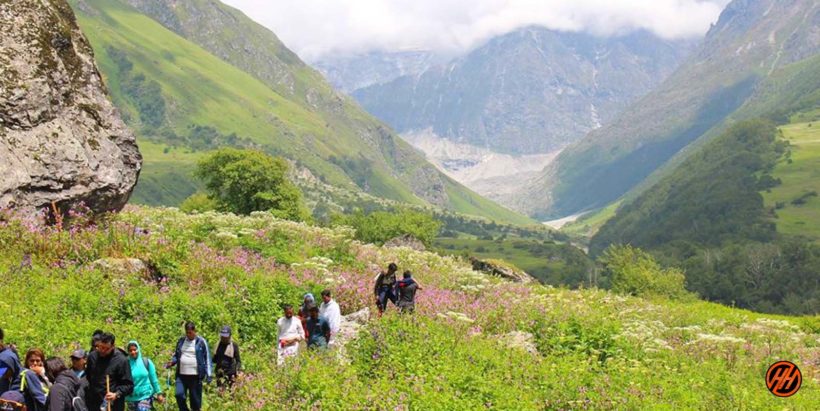
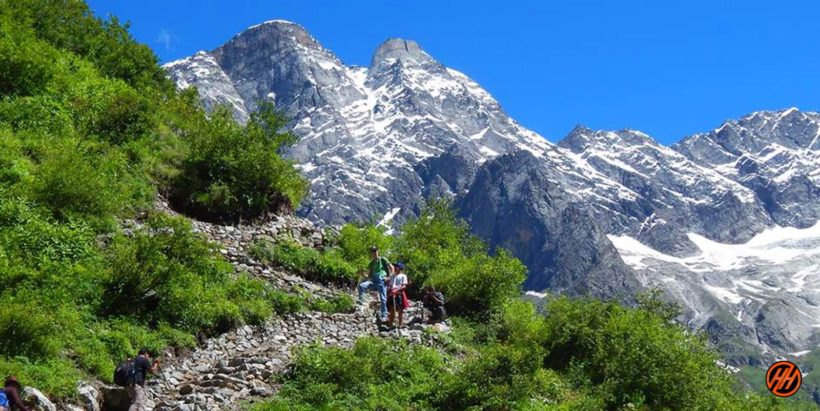
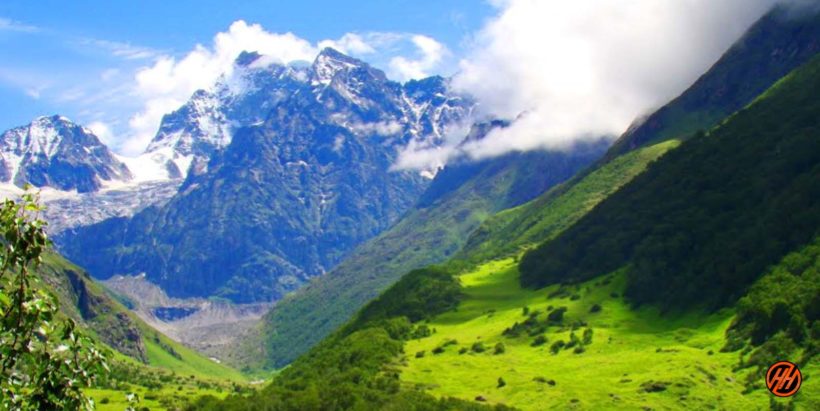
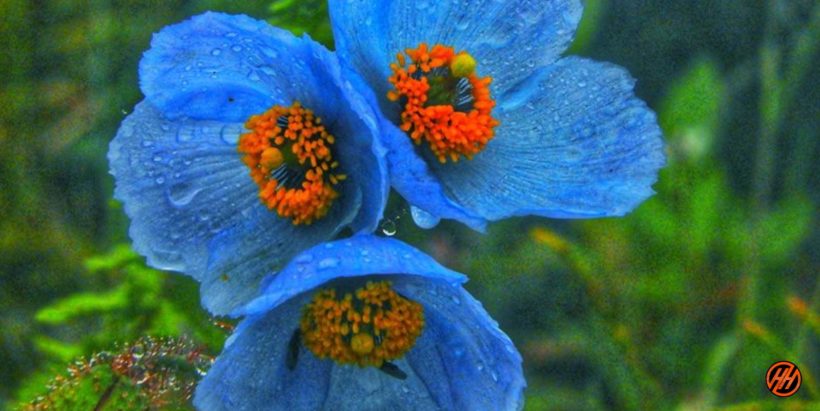
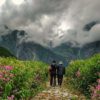
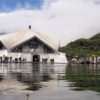
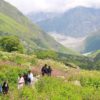
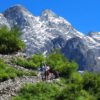
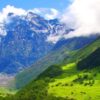
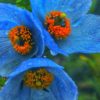
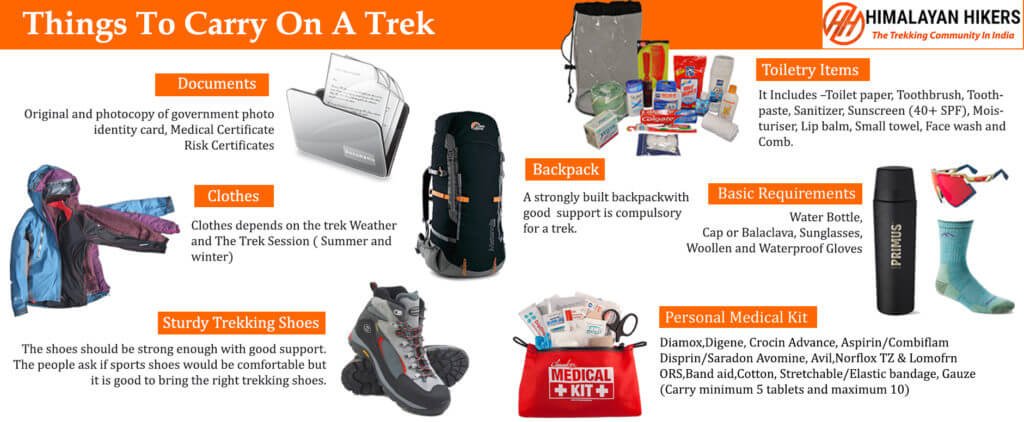

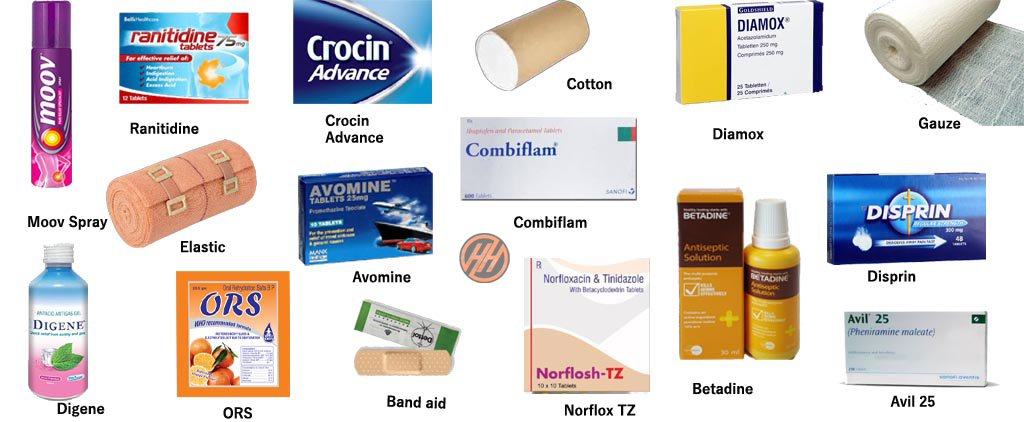
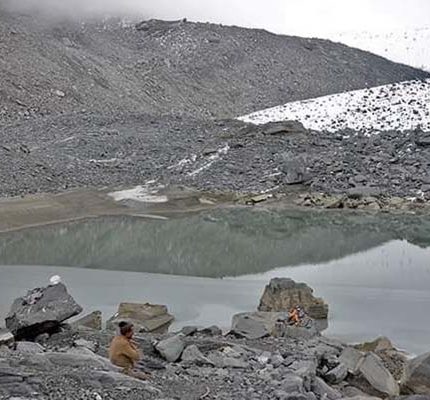
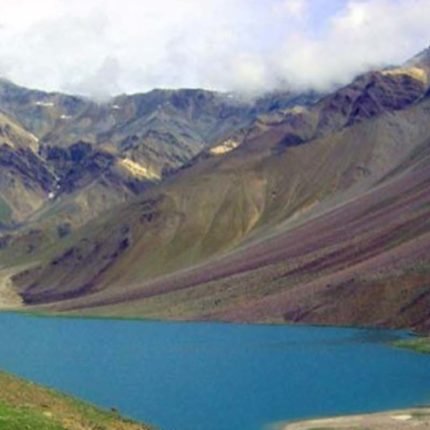
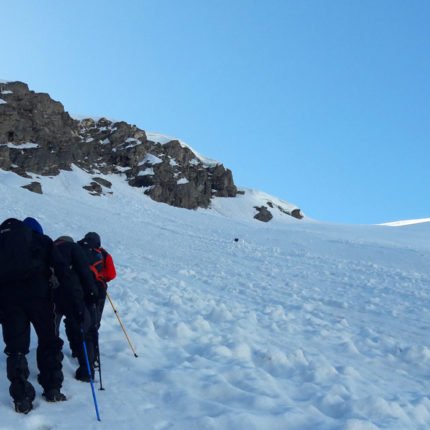

Panchal Ishita –
all over experience is very good.all staff members are supportive.Guides are hard working and caring.transportation and stay are comfortable. food is average.
we are definitely contact for next trek.
Mukesh Sharma –
It was a great experience at valley of flowers trek and Hemkund Sahib , the trek leaders good were knowledgeable and very helpful during the trek, accommodation was really good, every day food was good , overall awesome experience thanks HH
Himalayan Hikers –
Thanks Mr. Mukesh ji have a great day
Parvesh saha –
I didi valley of flower and hemkund trek with HH June 11 to 16 2022 , this is my best experience with team HH good and hotel transportation all arrangements amazing ? our guide Suresh bhaiya best friendly guide thanks ? HH for this lovely experience
Himalayan Hikers –
Thanks Parvesh Sir – have a great day
Sudip Maity –
I want to trek with your team in august .
But I am from Kolkata.
So how to go and what to do please elaborate.
Thank you
Himalayan Hikers –
Call me sir 9756197558, 9412019974
Dipti shah –
Hey Team I am Dipti shah from Mumbai, I did Har Ki Doon Ruinsara Taal Trek with you in 2018 Will you do Valley of Flowers Trek this year 2022, we are 12 members
Himalayan Hikers –
Hi Deepti Ji Namaste , Can you Call or Whstaap my no is 9756197558
Akhil –
I did valley of flowers trek and Hemkund trek with Himalayan Hikers 5 Aug to 10 Aug 2021 I along with my 7 friends Himalayan Abode’ was a nice stay in Joshimoth. Camps at Ghangaria were nice Camp . The staffs in the camp were helpful. Our guide Pankaj rawat ji was very nice and helpful. food very good all 4 times Himalayan Hikers, Overall it was a nice experience. thanks Team H.H
Supra Sen Basu –
I alongwith my two friends did Valley of flowers and Hemkund Sahib trek with Himalayan Hikers from 2nd of August to 6th of August. ‘Himalayan Abode’ was a nice stay in Joshimoth. Camps at Ghangaria were nice though there were some scopes of improvement. The staffs in the camp were helpful. Our guide Hemantji was very nice and helpful. But as promised by Himalayan Hikers, the medical kit and oxygen cylinders were not there. I will request Himalayan Hikers team to keep them handy. Overall it was a nice experience.
Riya Sharma –
I did valley of flowers trek with Himalayan hikers 3 to 8 July 2021 it was nice experience with h.h our guide Kishan ji to good and help to us all days
Rakesh shah –
Thnaks to H.H wonderful experience with your team .. nice hotel kubber ghangari food was nice per day your driver also very friendly
Thanks again see you next others trek
Prabhakar singh –
Just today completed Valley of flowers trek we are 3 friends going to Valley of flowers with Himalayan Hikers this is our first trek with Himalayan Hikers. After lockdown i think our 1st group going to Valley of flowers ? trek 2021 good experience ? food and stay also our Guide radhe he is very helpful
Sagar –
Amazing expirience with wonderful guide .
Ashok Bhandari –
The Valley of Flowers was my 3rd trek with Himalayan hikers. As always this time, I went with my friends on the trek, 19 July to 24 July 2019 service, food, was a very good hotel best, guide Very Helpful, we are booked our private group of 12 people. Thanks again to the trek Team H.H…